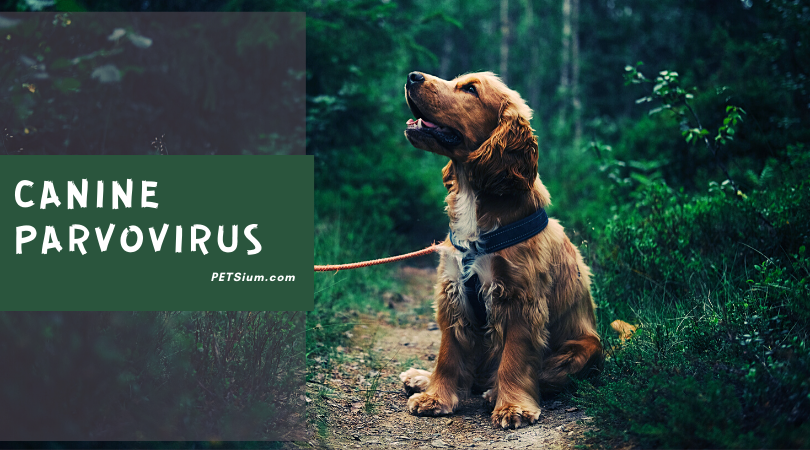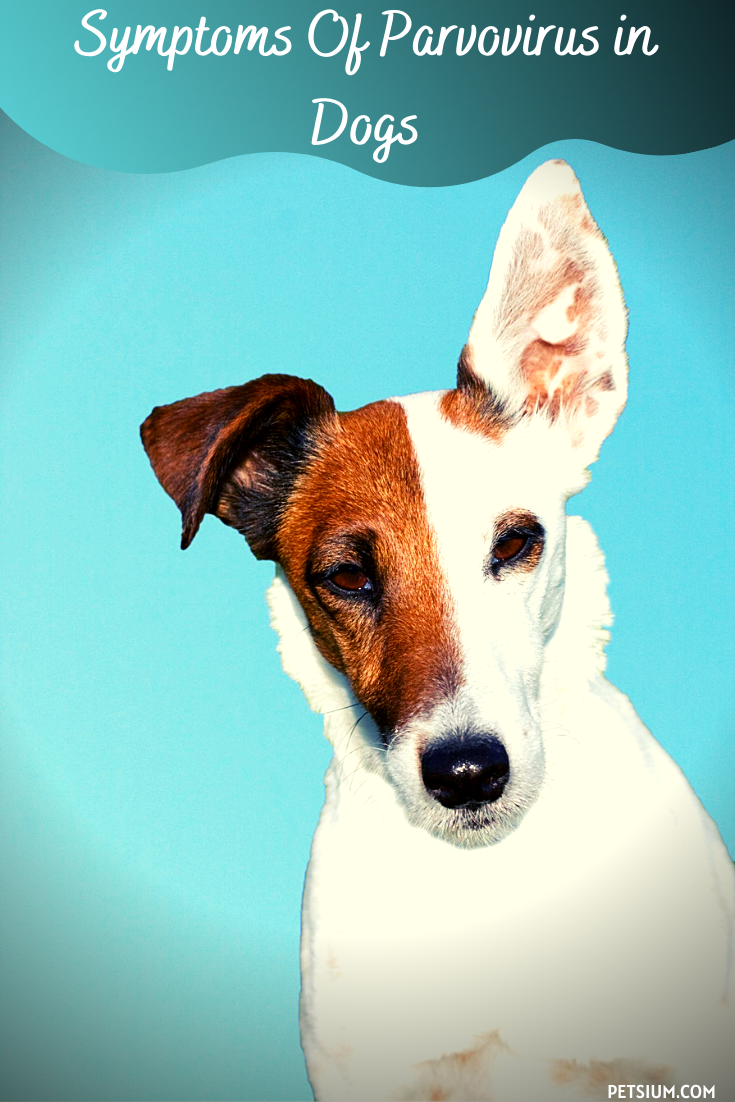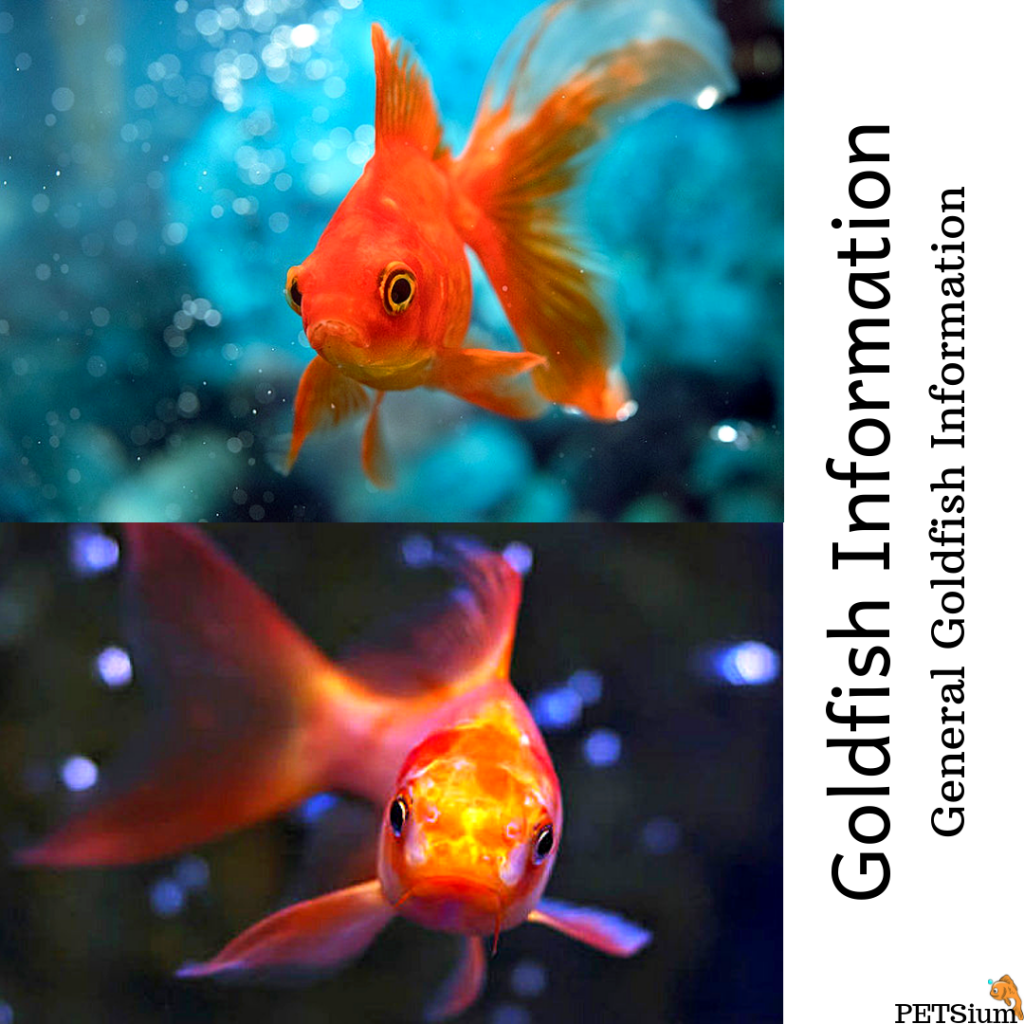Puppies, and older adult dogs alike are the most vulnerable to viruses and Canine parvovirus is one the deadliest.
Post Navigation
What is Parvo?
Parvovirus in puppies, scientifically known as Parvo or CPV-2, is a highly contagious and very serious viral disease that can be deadly even if treatment is given. Canine parvovirus is a disease that attacks dividing cells, and has two main forms; the cardiac form and the intestinal form.
The most prominent location for dividing cells in your dog’s body is the intestinal lining or the lining of the digestive system, and this is why the most common type of Parvo seen is that of the intestinal form. When a dog, or what is more commonly seen is a puppy, contracts Parvovirus, the virus attacks an area in the intestinal tract called the intestinal villi crypts.

When the Parvo virus becomes active, it attacks and kills the cells in these crypts and causes that area of the intestine to lose the function it’s supposed to have, that of protection and absorption. It kills these areas by stripping off the villi (fingers) where absorption takes place.
By attacking these crypts, it causes areas of denudation, allowing the bacteria that resides in the intestinal tract normally, to cross the intestinal barrier and create a bacterial infection in the puppy’s body causing one of the signs of Parvo, high fever.
Clinical signs of Parvo
- Vomiting
- Lethargy
- Bloody, very foul smelling, yellowish diarrhea, almost like water
- Anorexia – loss of appetite
- Fever
These initial signs of Parvo are followed by sometimes referred to as secondary signs of Parvo.
Secondary signs of Parvo
- Dehydration
- Mucus membranes (gums) becoming pale
- Mucus membranes becoming cold to the touch
- Shock
- Comatose
- Death
Types of Dogs that are Particularly at Risk of Parvo?
Strangely, dark and black colored dogs have more of a chance of contracting the disease. Also strangely, Rottweilers, Retrievers, German Shepherds, Pitbulls, Doberman Pinschers and sled dogs are also more likely to get Parvo than other breeds.
Every breed of puppy is susceptible to Parvo virus, while there are a few breeds that are more susceptible than others. These breeds usually are more prone to contracting this disease and have a lower recovery rate than other puppies do.
How is Parvo Spread?
The virus spreads through feces – both direct and indirect contact with feces can infect your dog. Because the virus can survive for months or even a year in soil and the environment, it is very hard to prevent any contact with the virus as it is almost impossible to clean the entire area.
The Parvovirus is a very stable virus, meaning it can live up to a year or more in the environment. This means that you can walk through an area where a dog a year previously defecated and left the virus; you pick it up on your shoes, take it home to your new, un-vaccinated puppy and let your puppy contract the Parvo viral disease from your shoes. This shows that the normal route of infection is by transmission from one dog to another through their feces.
Parvo can be carried in an adult dog that shows no outward signs, but the disease can be found in their stool. The disease is currently not thought to be an air born type, however research is still being done on this aspect, and currently the accepted form of transmission is via fecal contact from an infected, carrier dog to a susceptible puppy. Birds may even carry this deadly disease into your yard if they have been in contact with the infected feces.
A possible method of disease prevention is vaccination. It is not unheard of to get a new puppy or dog from an animal shelter and find that the dog has contracted Parvovirus from being in close proximity to other dogs.
How To Treat Parvo
Treatment for Parvo is intensive. Your puppy will be given supportive, preferably twenty four hour, care. They will have an IV catheter, fluids, and medication to stop the vomiting and antibiotics to help control the bacterial infection.
Many veterinary hospitals now give an immune enhancing medication. At the present time, there is no effective treatment for the Parvo virus itself, as stated treatment is more of the supportive kind and attempting to help the body’s immune system defend against the Parvovirus.
Without treatment your dog has a very slim chance for survival, with mortality rates right at 95-100%. Survival rate with hospitalization and treatment is approximately 80%. Some people opt to attempt Pravo treatment at home; not a form of treatment I recommend but can understand. This treatment brings about a 30-35% survival rate.
This disease is why veterinarians worldwide recommend the vaccination of your new puppy. Many people tend to purchase vaccinations from feed stores, drug stores or online pharmacies. The main drawback to this is that if anywhere along the line, from manufacturer to administration of the vaccine to the puppy, if the vaccine was left out of the refrigerator for more than 60 minutes, the vaccine becomes ineffective.
People who buy vaccines cannot know for certain if the vaccine is good or not. Many times, if an owner purchases the vaccine and gives it to their puppy, this will nullify the manufacturer’s responsibility.
All veterinary clinics will have a recommended guideline for vaccinating your new puppy. The first vaccine is generally given at 6 weeks of age so as to not interfere with the maternal antibodies. Many people believe, and I am of the firm belief that it is an incorrect belief, that giving the vaccine at 4 weeks of age is better.
It has been proven that the maternal antibodies are still present at this age and giving a vaccine this early will interfere tremendously with those antibodies. It is better to give the vaccine at 6 weeks of age and then every 3-4 weeks thereafter for 2-3 more times.

The CPV2 is presented in two physiological structures in dogs namely: intestinal and cardiac.
Intestinal and Cardiac Parvo Infection
When a dog is infected with the CPV2 virus it infects the intestine or in some cases of some dogs the cardiac (heart muscles). The basic mode of infection is Parvovirus infected feces and the mode of transmission can be humans, birds, dogs etc. no, air is not among the transfer agents, so it is not an airborne disease.
The common carriers are usually adult dogs. Adult dogs can be infected with the virus without manifesting any signs and symptoms, this is because adult dogs have a stronger organs that creates a somewhat immunity for them. Regrettably this is not so for smaller dogs or puppies as they, due to their age possess weaker organs that is susceptible to the virus.
When dogs comes in contact with infected stools, even soil they contact the virus which splits in the lymphoid the throat region for onwards multiplication in the bloodstream. Due to the erratic division of virus cells in the lymph, intestinal chamber, and bone marrow the consequences is most severe, causing the lymph to deplete, and damage to the intestine.
When the intestine is destroyed by the Parvovirus, certain bacteria like: clostridia, salmonella, and campylobacter is released from its niche (the intestine) to the blood stream causing the bloodstream to become septic (bacteria infection). When the blood stream is putrefied it results in SIRS or systemic inflammatory response syndrome. SIRS may result to more complications which may eventually result to the intestine been displaced to fall on another.
The Parvovirus apart from affecting the intestine can also affect the heart muscles but it is not common. Dogs or puppies that are infected in the uterus are more liable to this condition. The virus damages the muscles of the heart which in most cases usually lead to death.
Symptoms Of Parvo In Dogs
Within 5 to 10 days of the infection the dogs starts manifesting the illness in form of lethargy, severe vomiting, diarrhea, which leads to dehydration. Due to the intestinal prolapsed, combined with the septic state of the blood stream, the dog develops secondary cases or complications like anemia, endotoxemia, and loss of electrolyte. These factors if not controlled could lead to death.
How To Prevent Parvo In Dogs?
There are no known cures for the Parvo virus infection and that is as all virus infections goes – incurable. So the only safe treatment for this infection is prevention and vaccine. The preventive alternative due to resilience and virulence of the virus, survives up to a year in feces, soil, even strident conditions like cold, except very hard chemical like: chlorine found in bleach. Hard surfaces and possible infected areas should be cleaned using water and bleach.
Another possible preventive strategy is vaccination. Since the puppy is most susceptible to the Parvovirus infection, smaller puppies are hereby vaccinated in thee stages of doses. The adult dog is also vaccinated with three doses at intervals of 4 weeks.
Parvovirus is a debilitating disease which almost have no cure, and the puppy is most susceptible to the infection than the adult dog.




